How Many Hours Does a Pilot Work in a Week? Explained
May 26, 2025
Wondering how many hours does a commercial airline pilot work in a week? On average, commercial pilots spend about 22 hours flying. However, including other duties, their total working hours can be much higher. This article will explore the full scope of a pilot’s weekly schedule.
Key Takeaways
-
The average airline pilot flies about 22 hours a week, but 225 hours a month when you include other responsibilities.
-
Short-haul and long-haul pilots have different schedules, with short-haul pilots working 32 hours a week and often coming home, while long-haul pilots average 80-100 hours of flying a month and are away from home for extended periods.
-
FAA regulations strictly control pilot work hours and rest periods for safety, with daily flight hour limits and 10–11-hour rest periods between duty periods.
Weekly Flight Hours for Pilots
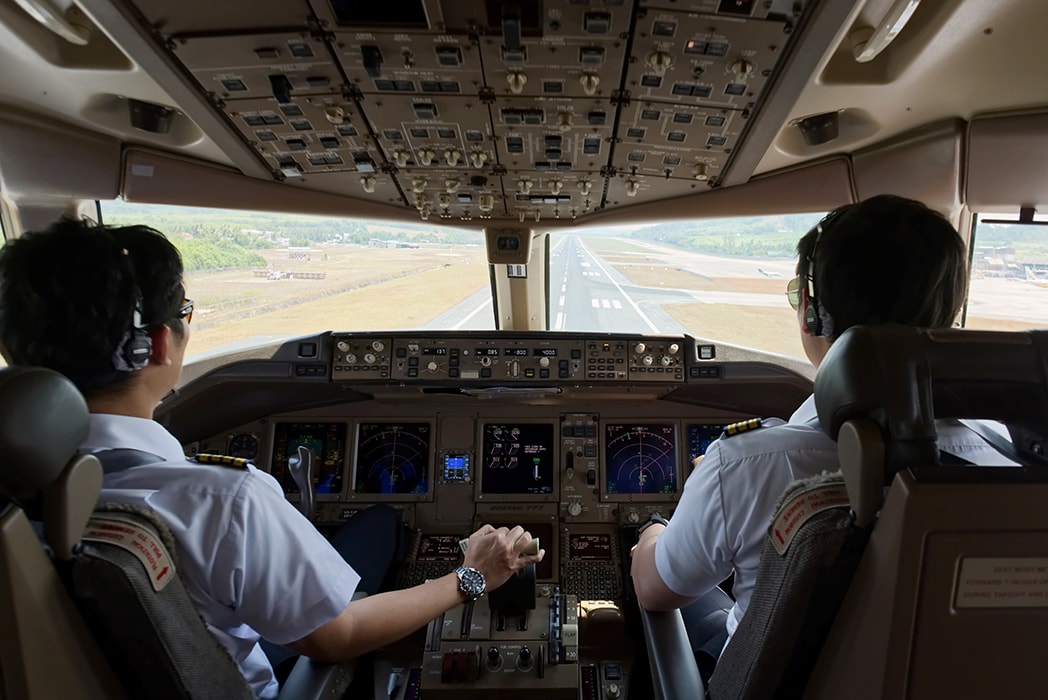
Commercial pilots you know, the ones who fly for airlines have flight hours that vary wildly depending on the kind of flights they’re doing. On average, commercial airline pilots are in the air about 22 hours a week, but the hours pilots work can vary significantly based on their duties and how an airline schedules its flights.
For pilots who do the shorter, day trip flights, their weekly working hours can reach up to 28 hours and 50 minutes. ATP certificate holders, on the other hand, rack up close to 900 flight hours a year. Spread that out over 12 months, and you get around 22.5 hours a week. That’s the kind of flying time you’d expect from someone with that level of experience, reflecting their total flight time and hours of flight accumulated.
Short-Haul vs Long-Haul Pilots work life balance
Short-haul and long-haul pilots have different schedules. Short-haul pilots have a 32-hour working week, with their schedules varying greatly from one week to another. One week they may fly multiple flights over 5-6 days, the next only a couple of days. They get to go home at night after flying which helps with consistency in their domestic life.
Long-haul pilots log between 80-100 hours a month. They often spend several nights away from home before getting extended rest during breaks that can be weeks long once back at home base. Although this means more time away from family members, it does give longer periods of rest after being in the air.
With long-haul pilots having overnight stays away due to layovers as part of international flights, this affects schedule regularity and total working hours. Short-haul pilots, on the other hand, could be airborne again 30 minutes after finishing a short flight. This means they take off more often per shift and overall workload is much higher in any given cycle.
Regional Airline Pilots
Pilots employed by a regional airline typically adhere to a fixed schedule consisting of consecutive duty days succeeded by designated days off. This pattern facilitates an equilibrium between professional commitments and personal time, though the precise balance of duty periods versus days off is subject to variation depending on the specific demands of the airline as well as the seniority level of each pilot.
Total Working Hours Beyond Flight Time
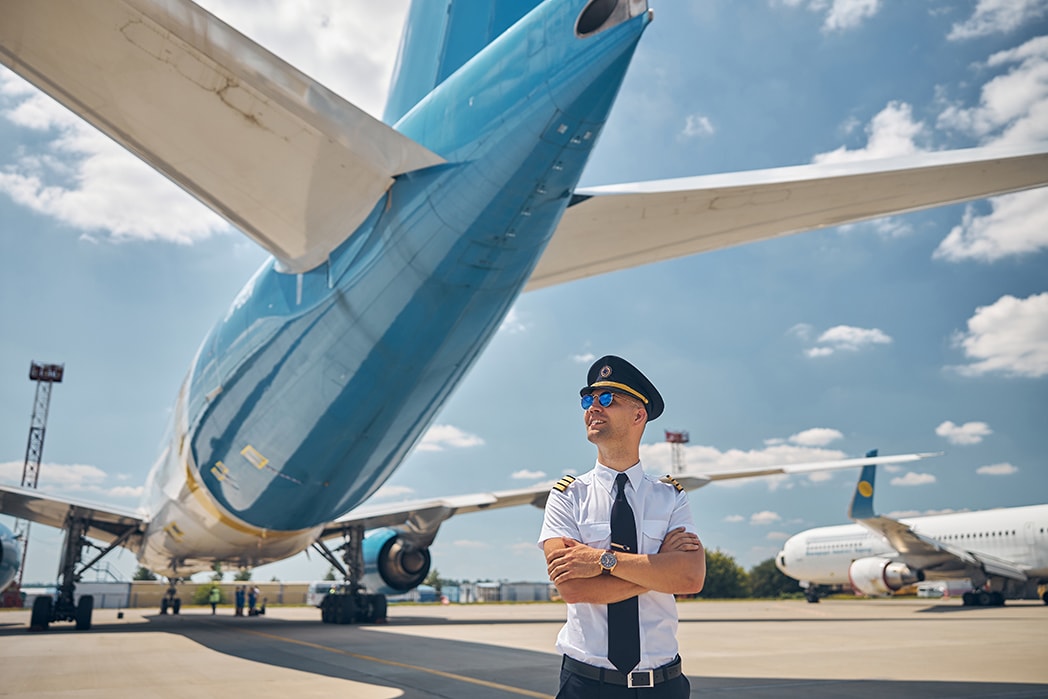
Pilots work more than just the time they are in the air understanding how many hours do pilots work requires looking at their full schedule, which includes a multitude of other tasks beyond actual flight time. On average pilots work 225 hours a month.
Labor statistics show that pilots’ schedules include these various tasks, so how many hours pilots truly work involves much more than time spent in the cockpit.
Their additional tasks include pre flight preparation like weather analysis and operational conditions critical to safety during flight and many other tasks.
Pre-Flight Duties
Before every flight, pilots must do their pre-flight duties at the airport to ensure the flight is safe and efficient. As part of that, they get detailed briefings on the weather. Their duties include thorough flight planning which involves looking at possible routes and altitudes to minimize problems during the flight and maximize safety.
Post-Flight Duties
After landing, pilots must do their post-flight duties to contribute to overall aviation safety and record keeping. That includes logging the flight, recording flight times, and noting any discrepancies during the flight.
Pilots also check the aircraft and debrief with the crew to address any issues. In addition, flight engineers play a crucial role in inspecting the aircraft, ensuring that all systems are functioning properly and addressing any technical concerns that may have arisen during the flight.
FAA Regulations on Pilot Work Hours
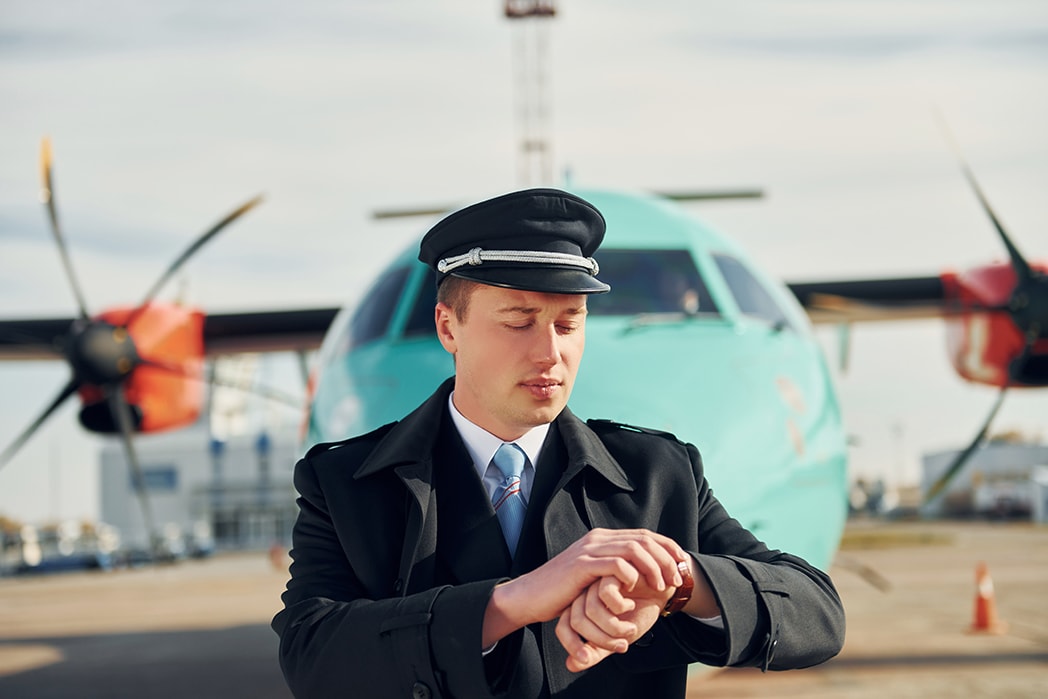
The Federal Aviation Administration (FAA) imposes strict regulations on pilot work hours to maintain safety and reduce fatigue. These regulations are critical to ensuring pilots do not exceed the maximum number of flight hour limits, protecting both pilot and passenger safety.
Pilots who exceed these limits may face severe consequences, including being ground or fired.
Daily Limits
The FAA imposes strict daily restrictions on the working hours of pilots. An airline transport pilot is permitted to operate a flight for up to 8 hours within any given 24-hour timeframe, but this limit can extend to 10 hours when an additional pilot joins the crew.
When there are at least four pilots included in the flight crew, they may be allocated between 8 and up to 17 hours of maximum flight time. This duration varies based on specific conditions.
Monthly and Yearly Limits
Monthly and yearly flight hour limits are also strict. Commercial pilots can’t fly more than 1,400 hours in a year, Part 121 pilots 1,000 hours and Part 135 pilots 1,200 hours.
Airline pilots fly up to 100 hours in a 30 day period.
Rest Period Requirements for Pilots
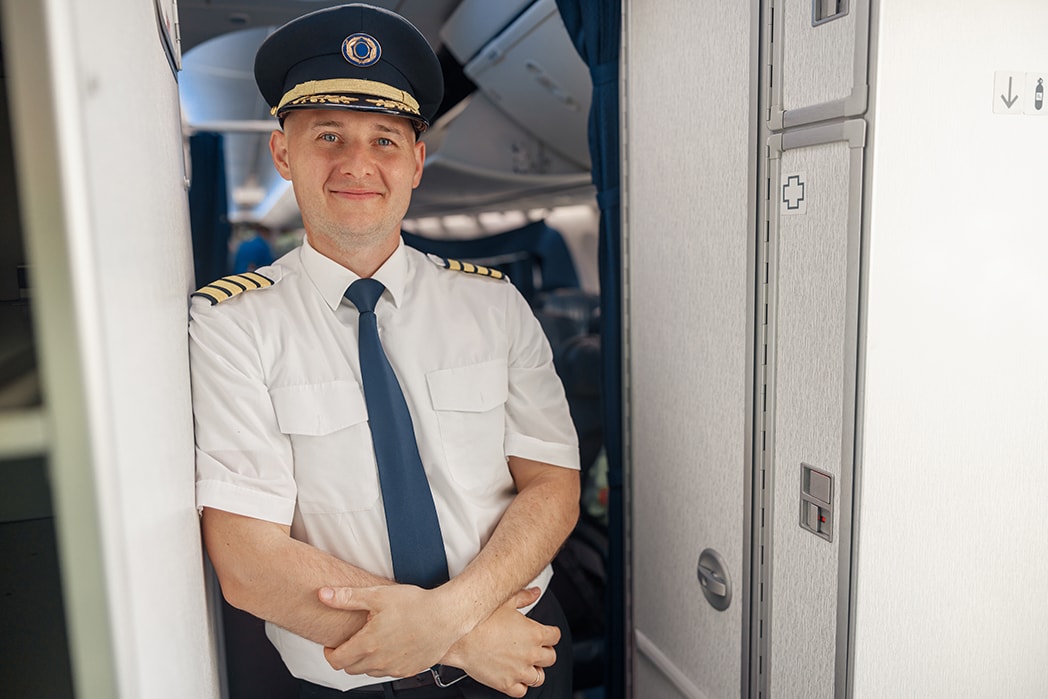
You must enforce rest periods to combat fatigue and stay safe during flight operations. Pilots must have a minimum number of 10-11 hours rest between duty periods.
To get the most out of their rest, pilots must stick to a regular sleep and wake schedule.
Minimum Rest Periods
Pilots must have a minimum of 10-11 hours rest between duty periods. These rest periods are critical to keeping pilots alert and preventing fatigue related incidents.
While following these minimums, airlines have their own internal rules for rest periods that exceed the FAA’s. Most airlines have detailed rules to ensure their pilots get enough rest.
Impact of Time Zones
Traveling across multiple time zones requires more time to recover from the disruption to your natural circadian rhythms. This is because travel across time zones is a major contributor to pilot fatigue.
How Schedules are Assigned to Pilots
Airlines have a system to assign a pilot's schedule based on seniority, which determines which routes they can fly. This is to distribute work evenly among the crew and give senior pilots the advantage of picking better schedules.
Line Bidding System
Through line bidding, pilots get to choose their monthly flight assignments based on seniority and personal preference. Senior pilots have an advantage in this process as they get to pick their preferred flight lines first.
This way pilots can tailor their schedules around their personal choices while following a set schedule structure.
Reserve Pilots
Reserve pilots are important as they are on call to fill in for other pilots when needed. They have to be ready to be called in at short notice so they need to keep their schedules very flexible to accommodate that.
Balancing Work and Personal Life
Being a professional pilot is exciting but can be tough, stressful, and fatiguing, impacting their personal lives. Many of the daily challenges pilots face are due to their irregular working hours and heavy schedules.
Days Off and Flexibility
Pilots usually get around 15 days off per month. Captains and other airline transport pilots get up to 20 days off per month.
A pilot’s ability to choose better schedules is improved by their seniority in the company.
Family Time and Travel Opportunities
Speaking of pilots, they have irregular working hours and long shifts which can make it hard to have quality family time. But many pilots make an effort to have a work life balance by having family oriented activities during their rest days.
Some airlines give travel benefits to their pilots that includes the pilot’s family. These perks allow them and their loved ones to travel together.
Impact of Fatigue on Pilot Performance
Fatigue makes pilots worse decision makers, slower to react, and more error-prone, significantly affecting a pilot's performance. It’s a major contributor to accidents so rest is key to reducing fatigue-related incidents.
Causes of Pilot Fatigue
Pilots get erratic schedules that disrupt their natural sleep cycles and circadian rhythms. Extended duty periods mean not enough rest between flights and increases the chances of fatigue related incidents.
Preventing Fatigue
To prevent fatigue, pilots should:
-
Get plenty of sleep
-
Avoid caffeine and alcohol
-
Stay hydrated
-
Maintain a balanced diet
Additionally, break periods during the day are mandatory to help pilots mitigate fatigue.
Compensation for Pilots Based on Hours Worked
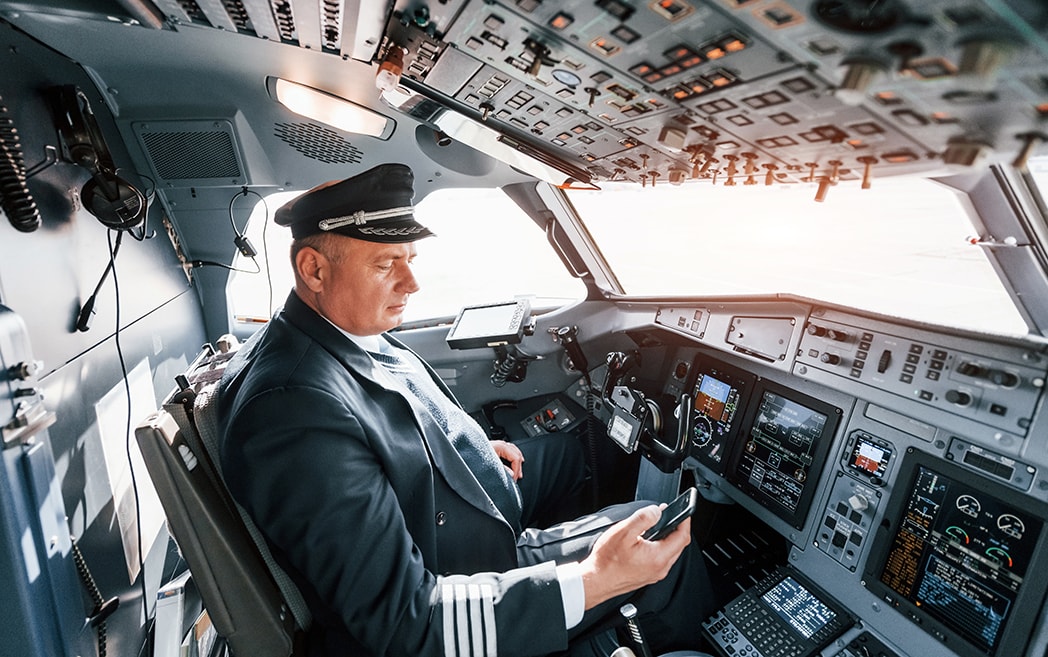
Pilot pay varies greatly depending on the airline, role and length of service. Yearly salaries range from $63,000 to over $400,000. Salary differences between airline and commercial pilots are due to operational types, hours flown and regulatory compliance.
First-year pilots with an airline, often starting as a junior pilot, can make around $108,000 per year which breaks down to an hourly rate based on their level of experience and the airline’s pay scale.
Hourly Rates
As of 2023, the average hourly wage for an airline pilot sits at $88. The pay can vary, spanning from $71 to $108 per hour, depending on the individual pilot’s level of expertise and experience in the field.
Annual Salaries
Commercial pilots and airline pilots have a median annual salary of $134,630. The most experienced can make over $700,000 per year. First year pilots with an airline can make around $108,000 per year which breaks down to an hourly rate based on their level of experience and the airline’s pay scale.
